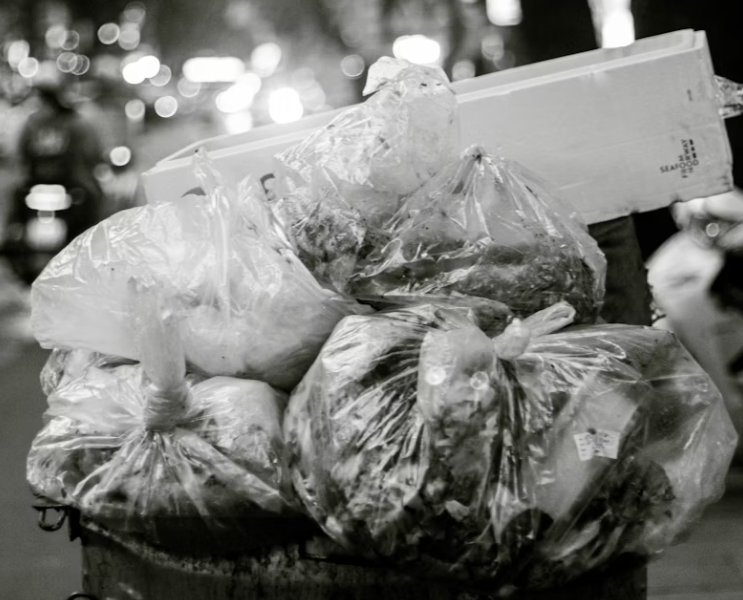Introduction: The Rise of Eco-Conscious Oral Care
Sustainability has become more than a buzzword—it’s a guiding principle for consumers around the world. As we aim to reduce our carbon footprints and cut down on plastic, even our toothbrushes come under scrutiny. But when choosing between bamboo toothbrushes and electric ones, which option is truly better for the planet?

Understanding the Basics of Each Type
What Is a Bamboo Toothbrush?
A bamboo toothbrush is exactly what it sounds like—a manual toothbrush with a handle made from bamboo, a fast-growing and biodegradable plant. The bristles, while often nylon-based, are usually BPA-free and designed to be easily removed before composting the handle.
What Is an Electric Toothbrush?
An electric toothbrush runs on battery or electricity and uses oscillating or vibrating brush heads to clean teeth. While some components like the heads are replaceable, the body often consists of plastic, metal, circuit boards, and rechargeable lithium batteries.
Environmental Impact: A Deep Dive
Raw Materials and Manufacturing Footprint
Bamboo Toothbrush Production
Bamboo grows rapidly without the need for pesticides or artificial irrigation. Harvesting it results in minimal soil disruption and the production process typically uses fewer chemicals and less energy than plastic-based toothbrushes.
Electric Toothbrush Components and Energy Use
Electric models require petroleum-based plastics, rare metals for batteries, and significant manufacturing infrastructure. The energy footprint—from mining materials to factory assembly—is considerably larger.
Packaging and Shipping Considerations
Bamboo brushes usually come in recyclable or compostable packaging. They are also lighter and smaller, making bulk shipping more eco-efficient. Electric brushes often have molded plastic packaging, adding to the overall environmental toll.
Usage Lifespan and Waste Generation
Bamboo brushes need replacing every 3 months, just like manual brushes. Electric toothbrushes can last years, but the replaceable heads are still plastic. Eventually, the entire device must be discarded, leading to e-waste challenges.
Carbon Footprint: Which Leaves a Smaller Mark?
Bamboo: The Fast-Growing Sustainability Champion
Bamboo absorbs carbon dioxide at a rapid rate—up to 12 tons per hectare annually. Its cultivation requires minimal water, no fertilizers, and supports soil health. This makes it an environmentally friendly crop.
Electric: Energy and E-Waste Concerns
Charging a brush may seem harmless, but energy consumption adds up. Plus, lithium-ion batteries have a heavy environmental impact from mining to disposal. Improper e-waste handling can leach toxic materials into the soil and water.
Recycling and End-of-Life Options
Biodegradability of Bamboo Brushes
One of bamboo’s greatest advantages is compostability. Simply remove the nylon bristles and toss the handle into your compost bin. Within months, it returns to the earth.
Electronic Waste Management Challenges
Electric brushes, on the other hand, can’t be thrown in regular bins. They must be processed at specialized e-waste facilities—something not available in many regions. Recycling rates for small electronics remain disappointingly low.
Cost and Accessibility
Price Comparison Over Time
At first glance, bamboo brushes are far cheaper—typically under $5. Electric brushes can range from $30 to over $200, depending on features. However, if used properly, an electric brush may reduce dental visits and thus long-term costs.
Accessibility in Global Markets
Bamboo toothbrushes are accessible even in remote areas due to their simplicity. Electric toothbrushes require charging, access to power, and costly replacements—making them less feasible in low-income or rural settings.
Effectiveness and User Experience
Cleaning Performance
Studies show electric toothbrushes generally remove more plaque than manual ones. That said, proper technique with a bamboo toothbrush can deliver excellent results, especially when paired with floss and mouthwash.
Convenience and Travel Friendliness
Bamboo wins on simplicity—no need to charge or carry cords. It’s also TSA-friendly. Electric brushes can be bulkier, and international travel may involve voltage or plug compatibility issues.
The Role of Consumer Habits
Usage Patterns That Affect Sustainability
How we use and dispose of products matters. A person who changes their electric toothbrush every year unnecessarily may create more waste than someone who uses bamboo brushes responsibly.
Maintenance and Replacement Behavior
Electric toothbrushes require regular cleaning and sometimes software updates (for smart models). Bamboo brushes? Just rinse and dry. Simpler care often leads to more sustainable use.
Innovations in Sustainable Dental Care
Hybrid and Rechargeable Bamboo Options
Some companies are now offering bamboo electric toothbrushes—hybrids that combine the eco-friendliness of bamboo with rechargeable tech. Others use solar charging or biodegradable heads.
Smart Tech and Energy-Efficient Electric Models
Brands like Philips and Oral-B are developing low-energy consumption modes and recyclable brush heads. Some even have subscription models to reduce overbuying and waste.
Final Verdict: Which One Is Truly Greener?
If we consider manufacturing, materials, and disposal, bamboo toothbrushes clearly win the environmental contest. However, electric toothbrushes offer superior oral hygiene and longer lifespan, making them efficient when used properly and disposed of responsibly. In the end, it comes down to individual usage, availability of recycling infrastructure, and personal values. Sustainability isn’t one-size-fits-all.
Conclusion
Both bamboo and electric toothbrushes have their eco-friendly merits and environmental drawbacks. Bamboo scores high in biodegradability and simplicity, while electric brushes offer performance and long-term usability—but struggle with e-waste and manufacturing complexity. The greenest choice ultimately depends on how you use, care for, and dispose of your brush. Sustainable living is about more than just the product—it’s about the habits behind it.
FAQs
1. Are bamboo toothbrush bristles biodegradable?
No, most bamboo toothbrushes use nylon bristles, which are not biodegradable. However, they can be removed before composting the handle.
2. Can electric toothbrushes be recycled?
Parts of them can be recycled, but you must take them to an authorized e-waste recycling center. Regular trash disposal is not eco-friendly.
3. How often should I replace a bamboo toothbrush?
Dentists recommend replacing any toothbrush—manual or bamboo—every 3 months for optimal hygiene.
4. Is there a fully biodegradable electric toothbrush?
Not yet, but companies are developing hybrid models that use biodegradable materials for the handle and eco-conscious energy sources.
5. Which type of toothbrush is better for travel?
Bamboo toothbrushes are lighter, don’t require charging, and are TSA-approved—making them more travel-friendly.
询问 ChatGPT

